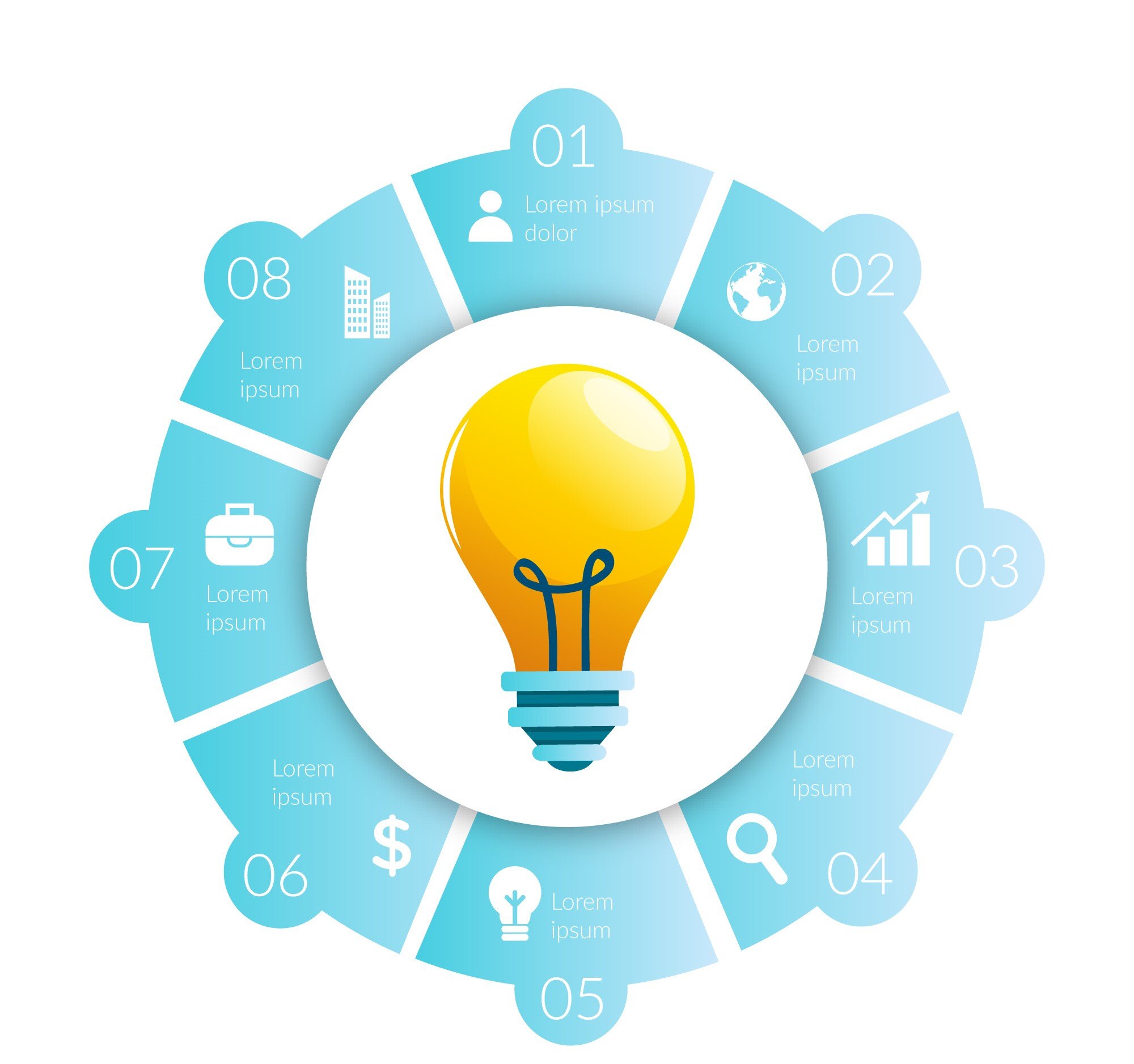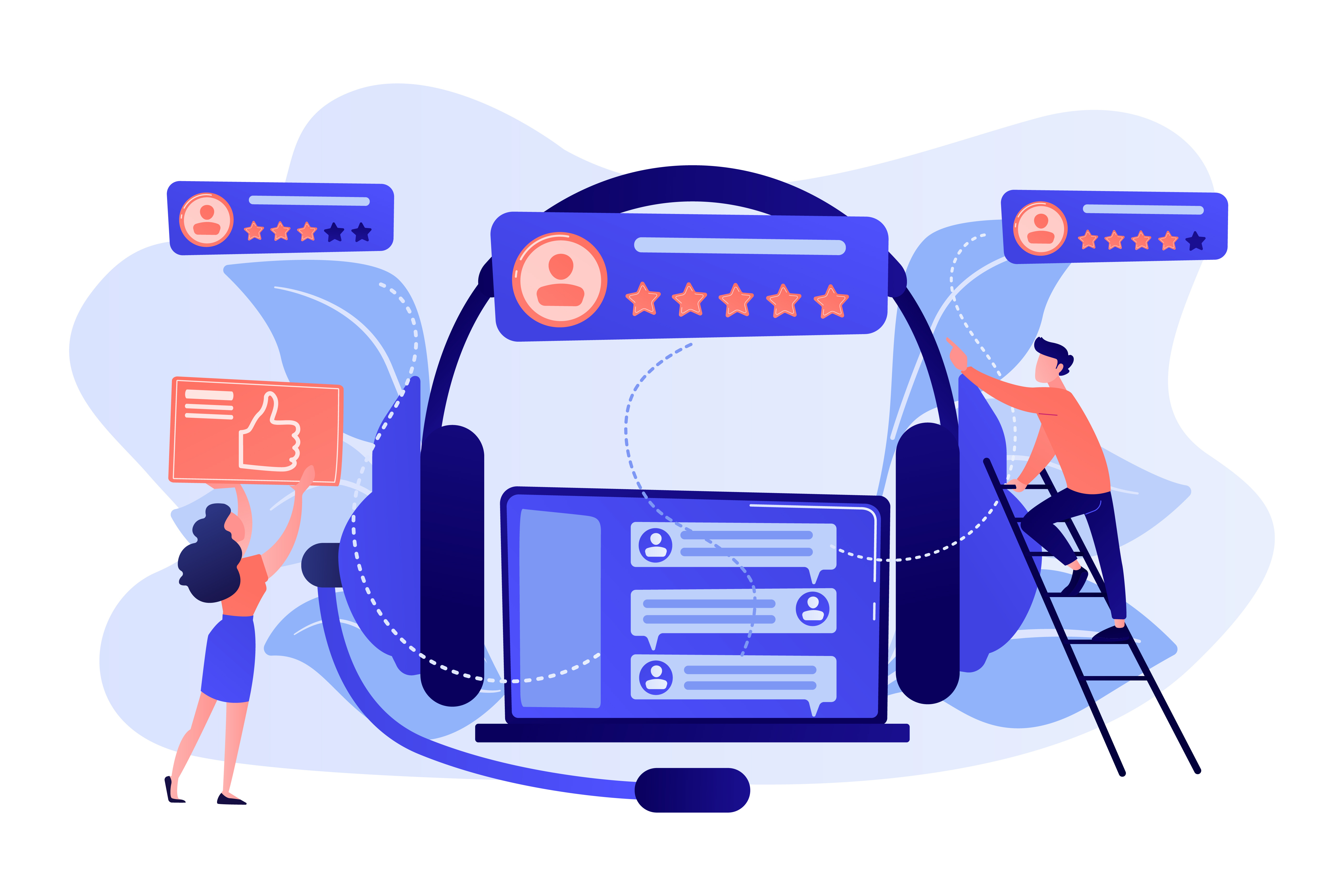In today’s fast-paced digital world, businesses are increasingly turning to artificial intelligence (AI) to streamline processes and enhance customer experiences. One area where AI is making significant strides is customer training. By leveraging AI technologies, companies can deliver more personalized, scalable, and efficient training programs that not only educate but also engage their customers.
In this blog, we’ll explore how AI is transforming customer education training and revolutionizing customer experience training in the HR and L&D domains.
1. Personalization at Scale
One of AI’s greatest strengths lies in its ability to personalize learning experiences. AI-driven platforms analyze user behavior, preferences, and learning styles to curate tailored training programs. For example, microlearning platforms like 5mins.ai use AI to deliver bite-sized lessons specifically suited to a user’s role and skill level.
Personalization ensures that customers receive relevant and timely content, improving engagement and knowledge retention.
2. Automating Routine Training Tasks
AI-powered tools can automate repetitive training tasks, such as scheduling sessions, sending reminders, or grading quizzes. This automation frees up time for HR and L&D teams to focus on strategic goals while ensuring seamless training delivery.
For instance, chatbots integrated into training programs can provide instant answers to customer queries, keeping learners on track without the need for human intervention.
3. Enhanced Data Analytics and Insights
AI systems excel at collecting and analyzing large datasets. In customer education training, this translates to actionable insights into learner progress, engagement levels, and completion rates.
- What lessons are most effective?
- Where do learners drop off?
With AI analytics, L&D teams can continuously refine their training programs to align with customer needs and improve overall outcomes.
4. Adaptive Learning Systems
AI enables adaptive learning, where the content dynamically adjusts based on the learner’s progress and performance. If a user struggles with a concept, the system can provide additional resources or simplify the material until mastery is achieved.
This approach fosters a more inclusive learning environment, catering to learners at all skill levels.
5. Virtual Assistants for Real-Time Support
AI-powered virtual assistants act as 24/7 training companions. They can guide customers through complex product features, answer FAQs, or even simulate real-world scenarios for hands-on practice.
This immediate, context-sensitive support ensures that learners feel confident and supported throughout their training journey.
6. Integrating AI into Microlearning
Microlearning—a method of delivering content in short, focused segments—is highly compatible with AI technologies. AI can determine the optimal sequence of micro-lessons, track user preferences, and recommend follow-up materials based on previous interactions.
For example, if a customer completes a lesson on product setup, the AI can suggest advanced tutorials or troubleshooting guides, creating a continuous learning pathway.
7. Predicting Future Learning Needs
AI doesn’t just respond to current learner behaviours—it can predict future needs. By analyzing trends and user data, AI can anticipate what training content will be most valuable for customers, enabling proactive updates to training programs.
Find out more on Why Bite-Sized Learning is Revolutionizing Corporate Training: The Future of Employee Development.
8. Augmented Reality (AR) and AI Integration
Combining AI with AR technology creates immersive learning experiences. For example, customers can use AR simulations to practice using a product in a risk-free virtual environment. AI algorithms analyze their performance and provide instant feedback, enhancing skill acquisition.
9. Reducing Training Costs
While implementing AI requires an initial investment, the long-term cost savings are substantial. Automated systems reduce the need for manual intervention, while scalable solutions eliminate the costs associated with traditional in-person training sessions.
10. Improving Customer Satisfaction
Ultimately, the goal of customer education training is to empower users and improve satisfaction. AI achieves this by providing a seamless, engaging, and efficient learning experience. Satisfied customers are more likely to become loyal advocates, contributing to your business’s long-term success.
Why AI Matters for HR and L&D Professionals
HR and L&D teams must embrace AI to stay competitive in delivering top-notch customer education programs. With AI’s ability to streamline operations, enhance learning outcomes, and provide actionable insights, it’s a game-changer for customer training initiatives.
Find out more on Revolutionizing Learning & Development With AI.
Ready to transform your customer training with AI?
Discover how 5mins.ai leverages cutting-edge technology to create engaging, personalized lessons tailored to your needs. With the market's largest library of over 20,000 bite-sized lessons, revolutionize your customer training.
Get a free demo today by clicking on the button below!



